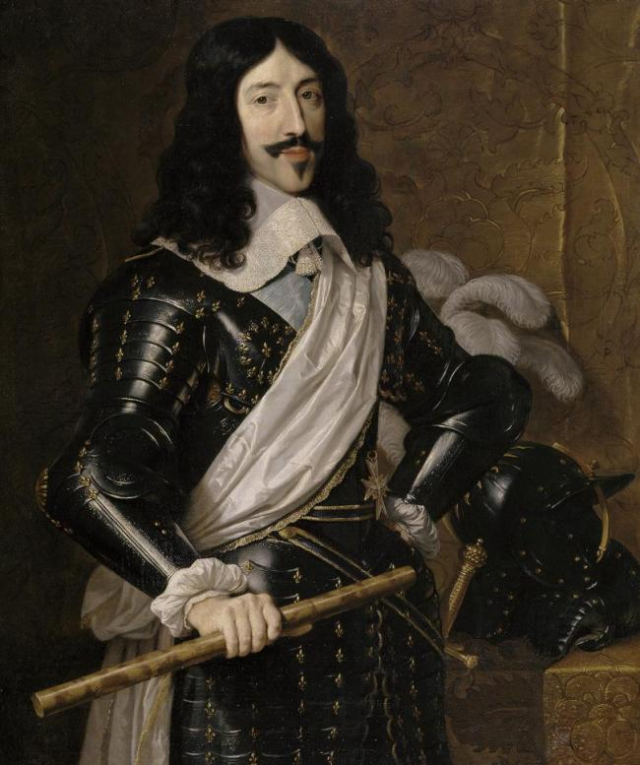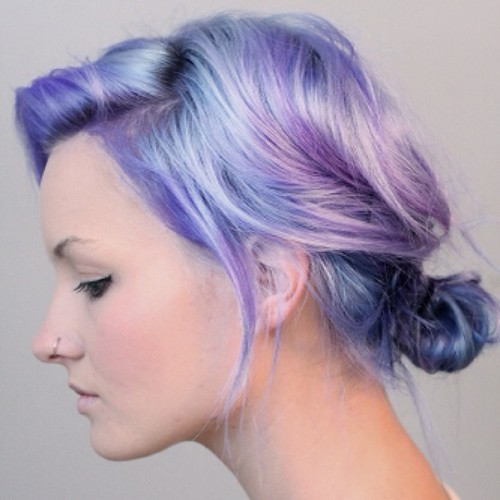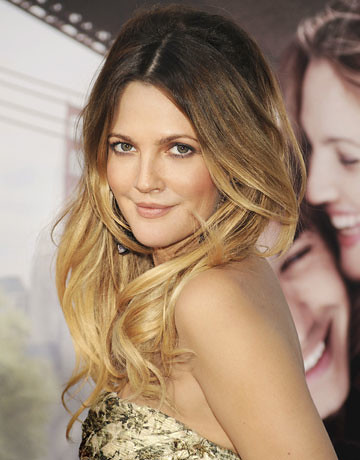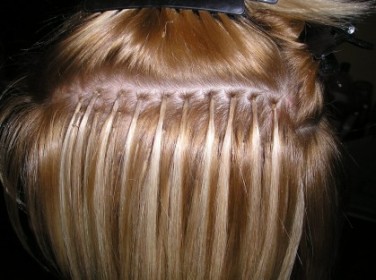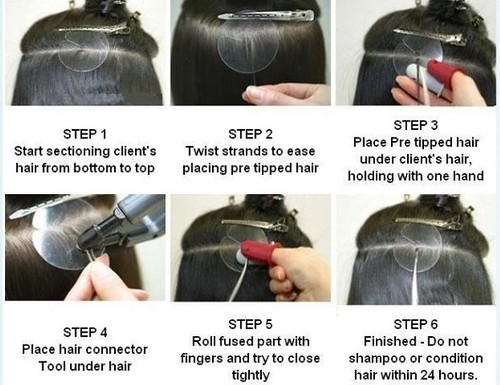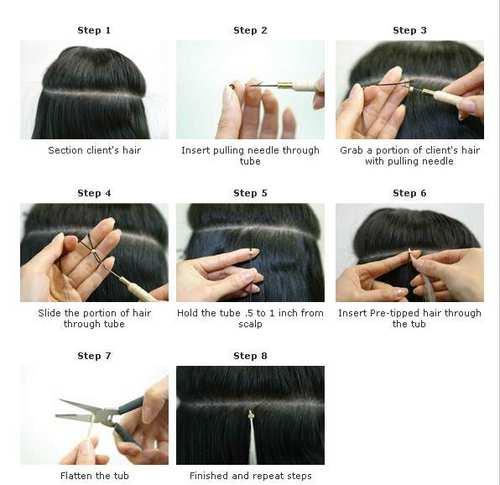Over the course of history, the wig, a man made head covering of real or artificial hair, has come and gone from fashion time and time again.
After the fall of the Roman Empire, the use of wigs fell into interruption in the West for a thousand years until they were recovered in the 15th century as a means of compensating for hair loss or improving one’s personal appearance.
There are also a practical purpose: the unclean or insanitary conditions of the time meant that hair attracted head lice, a problem that could be much reduced if natural hair were shaved and replaced with a more easily de-loused artificial hairpieces.
From 16centurys, wig become very fashionable more than Two centuries in west countries, Why? Expect for above reason, participation from royal was crucial to the revival of the wig. The first famous woman who is fond of wig from royal is Queen Elizabeth I. Elizabeth was Queen of England. This was also the age of William Shakespeare’s plays and France Bacon’s philosophy.She often wore a red wig, tightly and elaborately curled in a “Roman” style, while among men King Louis XIII of France (1601–1643) started to pioneer wig-wearing. wig absolutely not become so popular without this king .when he is seventeen years old, he begun to bald. He worry his baldhead destroys his reputation and hire 48 Wig technicians to make various wigs for his selection. After five years King of England, his cousin, Charles II also do similar things, because his hair comes to become gray white. Under their influence, so many official begin to copy them, finally, wearing wig become a society fashion from official to common people. With the increase of cost of wig, wig comes to become one way of showing off wealth.
Examples of wigs in 16th and 17th century
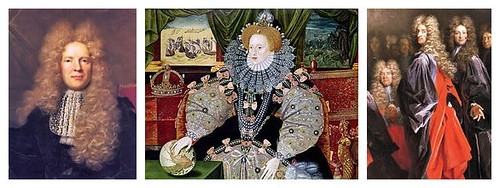
Price of common wig is 50 shilling. This is the one week salary for a resident who live in London at that time. But elaborate wig worth 800 shilling, Even if after two king died, fashion of wig is still so hot. This fashion was largely promoted by his son and successor Louis XIV of France (1638–1715) that contributed to its spread in European and European-influenced countries.
Perukes or periwigs for men were introduced into the English-speaking world with other French styles when Charles II was restored to the throne in 1660, following a lengthy exile in France. These wigs were shoulder-length or longer, imitating the long hair that had become fashionable among men since the 1620s. Their use soon became popular in the English court. The Londoner Samuel Pepys recorded the day in 1665 that a barber had shaved his head and that he tried on his new periwig for the first time:”3rd September 1665: Up, and put on my colored silk suit, very fine, and my new periwig,”Pepys noted on March 27, 1663: “I did go to the Swan; and there sent for Jervas my old periwig-maker and he did bring me a periwig; but it was full of nits, so as I was troubled to see it (it being his old fault) and did send him to make it clean.” With wigs become clothing for men with social rank, wigmakers gained considerable prestige. A wigmakers’ association was established in France in 1665, a development soon copied elsewhere in Europe. Their job was a skilled one as 17th century wigs were extraordinarily elaborate, covering the back and shoulders and flowing down the chest; not surprisingly, they were also extremely heavy and often uncomfortable to wear. Such wigs were expensive to produce. The best examples were made from natural human hair. The hair of horses and goats was often used as a cheaper alternative.
Historical records indicate that the first independent wigmakers’ association was created in 1673.The wig now enjoyed the most noble of descent from the seventeenth-century French courts of Louis XIII and Louis XIV and it became a fashion mark of noble `s power and display. The mistress of King Louis XIV wore her hair in a signature hairstyle called the la Fontange. It was a fashion look that was copied and with the help of hairpieces and were worn by numerous high upper class. By the end of the Sun King’s reign, wigs had spread well beyond the nobility of France. Kings at royal courts across Europe wore wigs, now a most essential feature of the European noble costume.
Until this time, wigs has entered the second “golden age”

